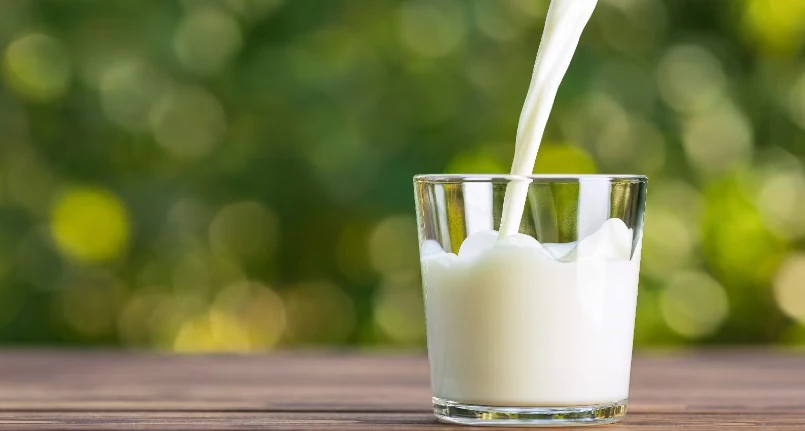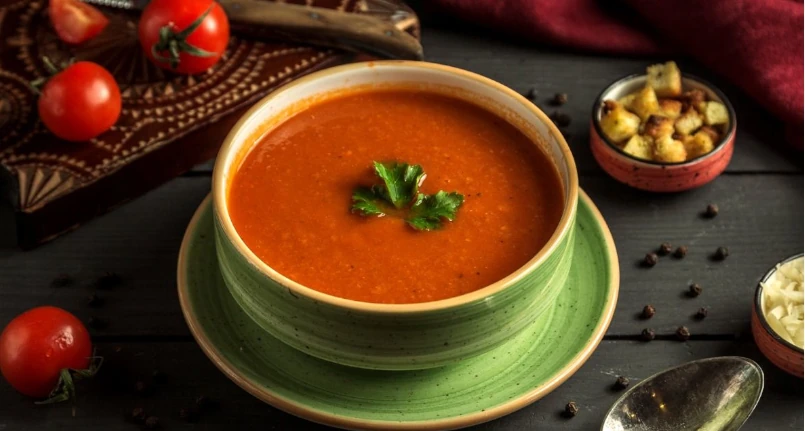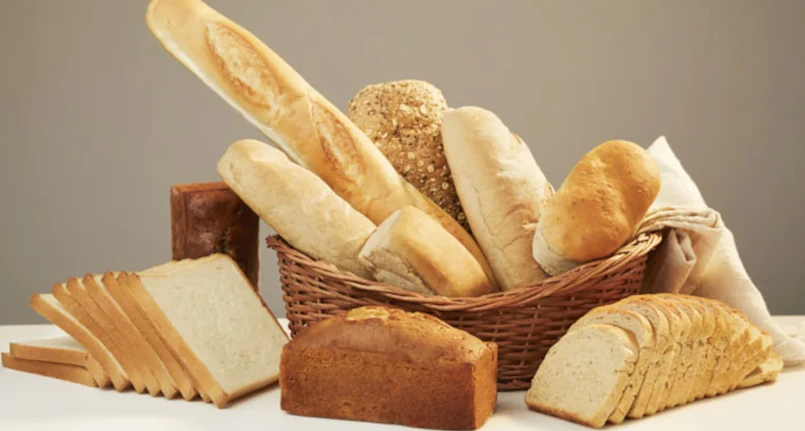Why boil milk?
When milk is boiled, the nutritional profile and health benefits change from those of milk consumed cold or simply heated. The boiling point of cow’s milk is around 95°C (203°F). This is not the same as being pasteurized , a feature that allows milk to be sold, when it is heated to a high enough temperature – usually 161°F (71.7°C) for 15 seconds – to kill any harmful pathogens . Therefore, it is not necessary to boil milk for safety reasons, unless it is raw milkand unpasteurised. If so, bringing it to a boil or close to it will significantly reduce most bacteria levels sufficiently.
The best way to boil milk
Boiling milk might sound simple, but there’s an art — and a little science — to doing it right. Milk is made up of water, fat, carbohydrates and protein . When you heat it, the water starts to evaporate and the other components start to separate.
Bringing it to a boil too quickly can burn off the sugars and curdle the whey protein .
Whey and casein are two similar elements but they are not the same thing.
This causes the bottom of the pan to burn and a skin to form on the surface. Boiling milk also forms a froth on the top that can quickly spill onto the stove.
It’s best to heat the milk slowly over medium heat and stir it as it comes to a boil . Stirring and gently heating helps hold together the water, and nutrients : the carbohydrates , fats and proteins in the milk. As soon as bubbles form around the edges of the pan and only a few in the center, you need to turn off the heat. The hotter the milk gets, the more likely it is to denature the proteins and cause curdling. When cooking at a hotter temperature, you’re also more likely to notice changes in taste and color (slightly darker).
Boiled milk: how nutrients change
Milk is a very nutritious food. Contains a balanced nutritional mix of high quality proteins, carbohydrates and fats.
It also provides many important vitamins and minerals . A 1-cup (237 mL) serving of whole milk provides:
- Calories : 146
- Protein: 8 grams
- Carbs: 11.4 grams
- Fat: 8 grams
- Calcium : 300 mg (23% of Daily Value (DV))
- Riboflavin : 0.337 mg (26% of DV)
- Vitamin D : 2.68 mcg (13% of DV)
- Phosphorus : 246 mg (20% of DV)
- Vitamin B12 : 1.32 mcg (55% of the DV)
Regular pasteurization temperatures do not change the nutrient content much, while very high temperatures ( UHT ) change the protein, glucidic and lipid content of the milk, and influence the content of many vitamins. Boiling also alters the proteins in the milk. The two main proteins in milk are casein and whey : casein comprises about 80% of milk proteins, while whey accounts for about 20% . The casein in milk remains fairly stable, even when boiling. The main carbohydrate in milk is lactose and isheat sensitive . When you bring milk to a boil, some of the lactose turns into an indigestible sugar called lactulose and other compounds. Boiling also partially changes the fats in milk, which are short-, medium-, and long-chain fatty acids . While the total fat content is stable upon boiling, some of the long-chain fats can be converted into short- and medium-chain fats.
Benefits of boiled milk: good fats
Boiling the milk does not reduce the lipid quantity, but the fat composition. Long-chain fatty acids convert into health-promoting short and medium-chain fatty acids . The body metabolizes medium -chain fats differently than other fats. Instead of storing them, the body quickly absorbs them and uses them for energy. Short-chain fats are an important fuel for intestinal cells . They are associated with better gut health and a lower risk of colon cancer . Not only that, they help keep your body weight under control , iblood sugar levels and blood pressure .
By boiling it increases digestibility
When milk is boiled, changes occur in the proteins and lactose that could make it easier to digest even for people who suffer from milk protein allergies or lactose intolerance . A study of heat treatments and milk proteins identified 364 proteins in milk . After boiling, 23 of the proteins had substantially decreased. This may be why children who are poorly tolerant of milk can sometimes consume milk-based baked or baked foods without consequences.
Some of the lactose content of milk is also reduced in boiled milk. Boiling converts it into different types of acids and lactulose , a type of sugar that humans do not absorb. However, if you have a milk protein allergy or lactose intolerance , it is important to know that boiling may not cause sufficient changes to allow you to consume milk safely and without gastrointestinal symptoms .
How vitamins and proteins change
With boiling, the protein and vitamin content of the milk changes . Group B vitamins ( thiamin , riboflavin, niacin , folic acid , B6 and B12) change and are more sensitive to heat . Boiling milk reduces the levels of all B vitamins by at least 24% . Folic acid decreases up to 36%. While this is significant, milk is not a primary source of B vitamins in most people’s diets, with the exception of riboflavin, which works with other B vitamins in converting food into energy. It is rare to be deficient in riboflavin, as it can be obtained from many foods .
When it comes to protein, however, the structural changes resulting from boiling cause the body to digest and retain less protein from the milk. By drinking UHT pasteurized milk , you retain 12% less protein than by consuming regular pasteurized milk.
Milk helps fight osteoporosis, which can now be diagnosed with a new osteoporosis test.
Those who can’t drink cow’s milk can try banana milk .




